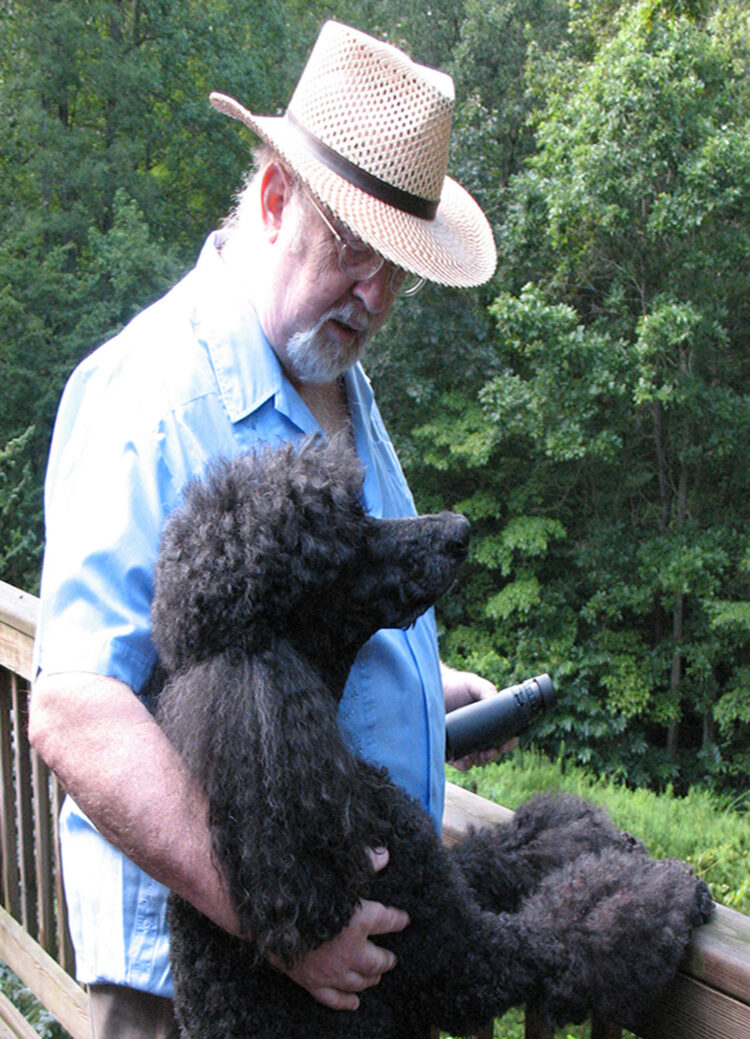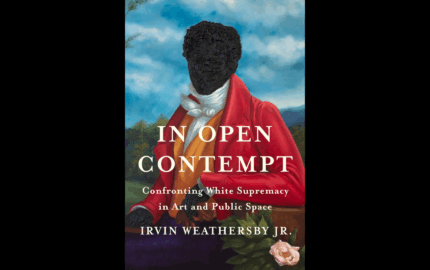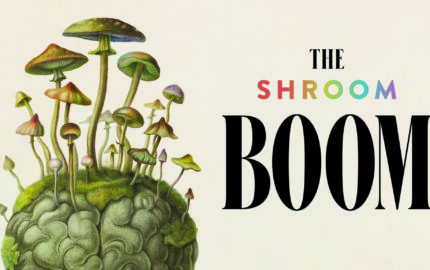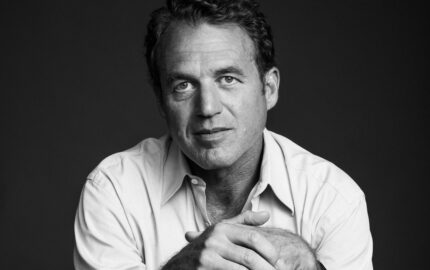One way I suss out my interest in a book is to read the blurbs from book reviewers and other writers. I note what people say about a book to determine if it suits my reading mood at the time. But I pay just as much attention to who is promoting a book, and whether their comments convey authentic admiration.
By that standard alone, the work and influence of narrative journalist Jon Franklin was exceptional. The obituary we posted last week weaves tributes from some of the foremost reporters, writers and editors who built a narrative movement in American newspapers: Roy Peter Clark, Walt Harrington, Jack Hart, Chip Scanlan, Stuart Warner and more.
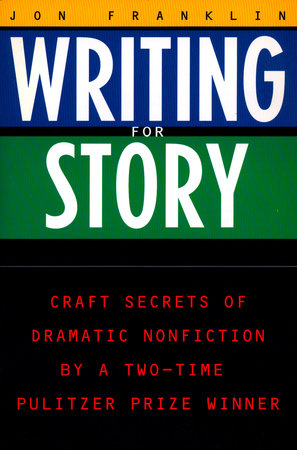
Franklin died Jan. 21, 2024, at age 82. News of his passing no doubt had hundreds of his devotees going to their bookshelves to pull out a well-thumbed copy of “Writing for Story,” Franklin’s epic how-to on the “craft secrets of dramatic nonfiction.” That’s what I did, stuffing it in my computer bag as I headed out the door to a writing workshop. I still remember who first introduced me to the book when I was searching for ways to tell stories outside the usual conventions of newspapering. When I scan its yellowed pages all these years later, underlined passages still jump out at me. Many were mysteries when I first read them — like fireflies blinking just outside my grasp. But as I re-read on the plane, I realized how much of my own reporting, writing, editing and teaching echoes the lessons stated so surely in Franklin’s book.
A true and passionate believer
I didn’t agree with everything Franklin preached — and preach he did, without apology. There is no question he was a pioneer in the expansion of literary journalism. What Gay Talese represented in magazines, Jon Franklin may have represented in newspapers. The first of his two Pulitzers, “Mrs. Kelly’s Monster,” is probably taught as often as Talese’s “Frank Sinatra Has a Cold.” Franklin’s writing continued after he left newspapers: He wrote magazine stories and books, launched an early online community of narrative journalists, and then inspired the aspirations of countless students and journalists who studied his work. He earned his accolades as a revolutionary.
He also could be an iconoclast. I tangled with him once when he delivered a broad-brush put-down of editors as the enemy of good writing. Another time he invited me to speak to a journalism class he was teaching, then told the students that working in newspapers would ruin them. Bald statements, perhaps meant to goad me — but perhaps made as a challenge to the next generation to look around and take some risks rather than just follow the worn path.
I wasn’t alone in having spiky moments with Jon. Tom Hallman tells his story in the obit we posted. Many more are sprinkled on social media. My favorite comes from Kelley Benham French via Facebook:
I went to Maryland to study with Gene Roberts. Best move I ever made. What a shocker then to encounter the legendary Jon Franklin, who would become such an outsized force in my life. I cursed his name so many times. And I took every class he taught. My standards are high. His were impossible. It took 3/4 of a semester to get a story idea approved. “Spend 80 percent of your time finding the right idea,” he said, “or spend 80 percent of your time fixing the idea you settled for.” He wasn’t impressed with my natural abilities. He knew those would ultimately set me up to fail. I didn’t understand half of what he said. He called me hard headed, in his living room, while his dear wife Lynn made me a sundae in the kitchen. He flunked me in narrative writing. FLUNKED ME. I’d wake up from dreams where he was looming over me, shouting “WHAT ARE THE FIVE ORIENTING THREADS?” and in a sweat I’d answer “TIME PLACE CHARACTER SUBJECT MOOD.” I sent him a story that would later be a Pulitzer finalist. “Couldn’t finish it,” he said. “Reads like a newspaper story.” He never gave up on me. He was the one I’d call when I was ready to hear the truth. He knew that writing was just work. And that it could be studied and explained. And a story can be taken apart like a car engine and diagnosed. What an absolute lightning bolt of a gift he has been in my life. I am glad we were friends long enough for me to tell him that. He taught me many other things, such as how to shoot a possum. I wish we had more time. I have better questions now. I’m teaching Mrs. Kelly’s Monster in class today. If you haven’t read it, do.
Jon Franklin wasn’t a hug in my life. But he a force. He taught me things about stories — and the work it takes to make them happen — that I didn’t even know I was learning at the time. In our occasional encounters, he was both a support and a push, perhaps seeing some potential in me I couldn’t see myself. He was a pioneer when my generation of newspaper journalists needed one, and left a legacy that I hope won’t be lost to future generations. Perhaps, above all, Jon Franklin knew that stories — true stories told well — matter.
